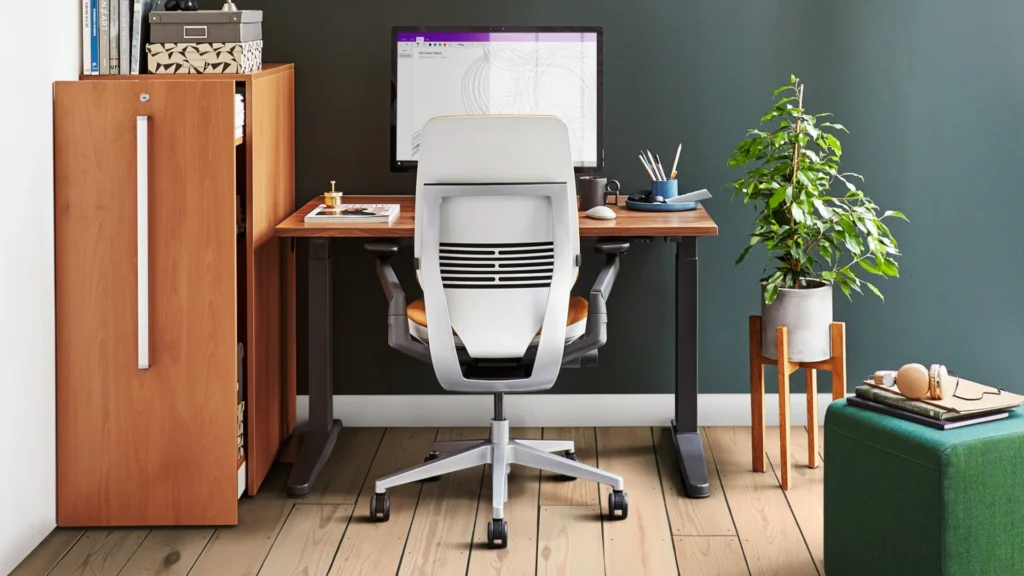Steelcase: Kontorimööbli ja jätkusuutlikkuse teerajaja
Steelcase on üks mõjukamaid nimesid kontorimööbli tööstuses, tuntud oma pühendumuse poolest innovatsioonile, töökeskkonna uuringutele ja jätkusuutlikkusele. Alates tagasihoidlikust algusest kuni globaalse liidri staatuseni on Steelcase pidevalt nihutanud disaini ja keskkonnateadlikkuse piire.
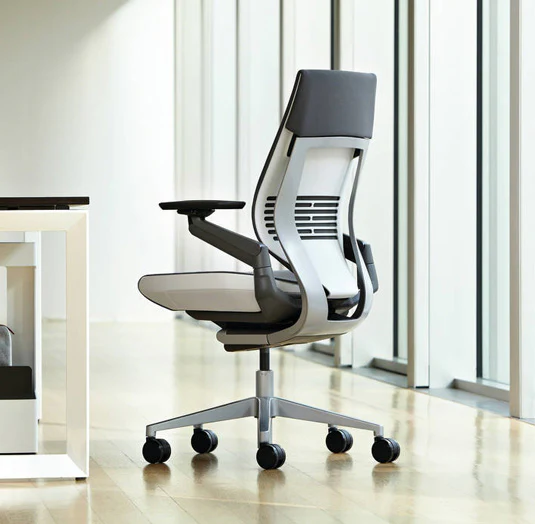
Steelcase’i algus: sajand innovatsiooni
Steelcase asutati 1912. aastal Grand Rapidsis, Michigani osariigis, algselt nime all Metal Office Furniture Company. Ettevõte keskendus tulekindlate terasest prügikastide tootmisele, et vähendada kontoritulekahjude riski. Aja jooksul kasvas ettevõte suuremaks ning laienes mitmekülgse kontorimööbli tootjaks. 1954. aastal muudeti nimi Steelcase’iks, tähistades pühendumust kvaliteetsele mööblile, mis aitas ümber kujundada töökeskkondi. Aastate jooksul on Steelcase olnud esirinnas ergonoomika, disaini ja tootlikkuse alaste uuenduste osas, seades standardeid moodsa kontoriruumi jaoks. Tänapäeval mõjutab ettevõte endiselt seda, kuidas inimesed töötavad, koostööd teevad ja loovad nutikalt kujundatud keskkondades.
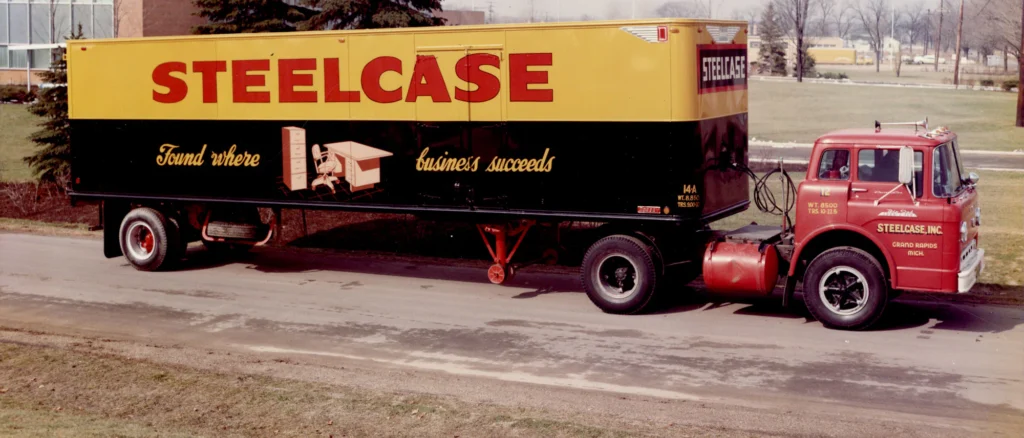
Pühendumus innovatsioonile ja tipptasemele
Steelcase’i edu aluseks on lakkamatu innovatsioon ja sügav arusaam töökeskkonna dünaamikast. Ettevõte on alati olnud ajast ees, investeerides ulatuslikesse uuringutesse, et mõista, kuidas inimesed oma töökeskkonnaga suhestuvad. See teadmine muudetakse kontorilahendusteks, mis soodustavad tõhusust, heaolu ja paindlikkust. Ergonoomilistest toolidest kuni kohandatavate töökeskkondadeni – Steelcase ühendab oma toodetes tipptasemel tehnoloogia, aidates ettevõtetel püsida kaasaegse töömaailma esirinnas. Üle 80 riigis tegutsedes ei ole Steelcase mitte ainult kujundanud tööruume, vaid mõjutanud ka organisatsioonikultuure üle maailma.

Ikoonilised disainid, mis määratlevad tööruume
Steelcase on tuntud kui ühe kõige ikoonilisema kontorimööbli tootja. Ettevõtte ergonoomilised toolid, nagu Leap ja Gesture, on kõrgelt hinnatud oma mugavuse ja toe poolest, võimaldades töötajatel püsida terve ja produktiivsena kogu päeva vältel. Steelcase’i disainifilosoofia laieneb ka kaugemale istumistest – selle moodulsüsteemid ja kohandatavad tööjaamad vastavad ettevõtete pidevalt muutuvale dünaamikale. Lisaks on Steelcase teinud koostööd maailmakuulsate disaineritega, sealhulgas Frank Lloyd Wrightiga, luues mööblit, mis ühendab funktsionaalsuse ja esteetika. Nende uuenduste kaudu juhib Steelcase jätkuvalt arutelu selle üle, kuidas tööruumid peaksid arenema.
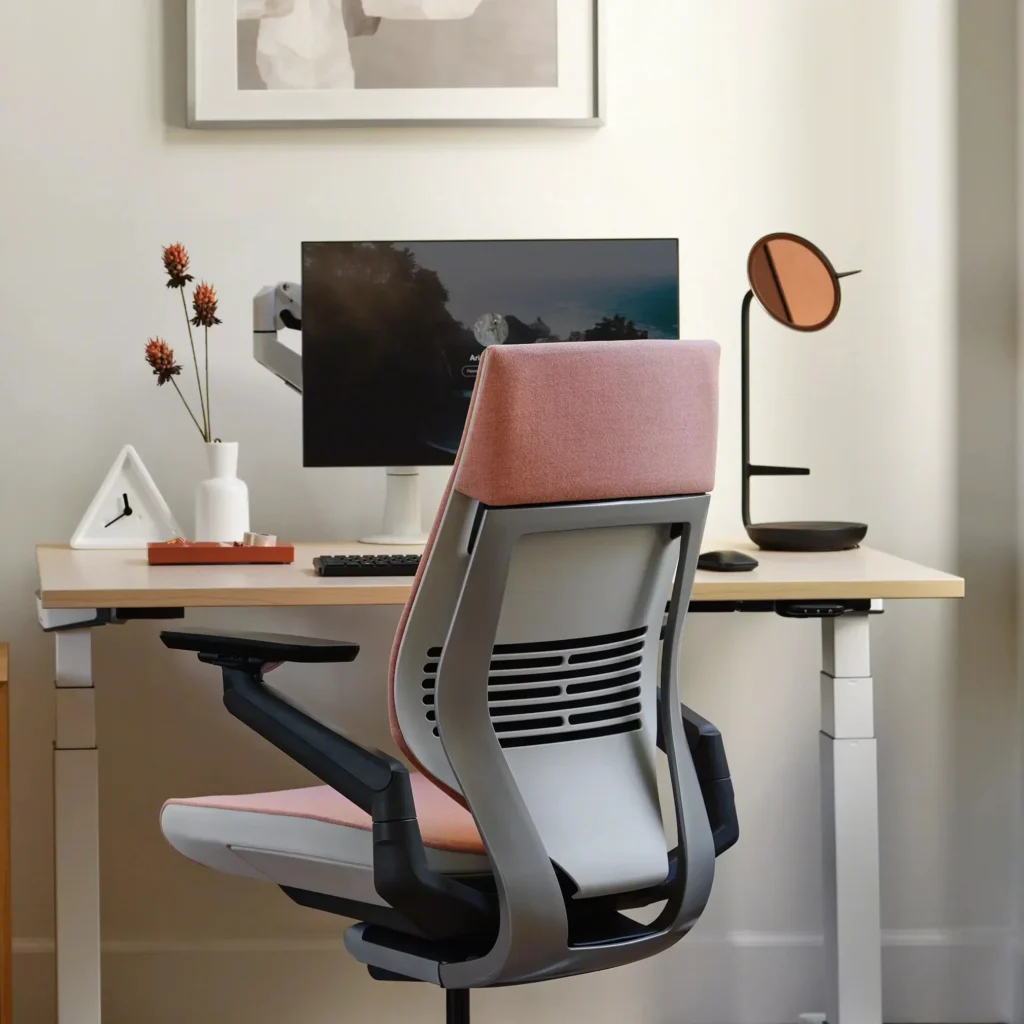
Jätkusuutlikkuse teerajaja: Cradle-to-Cradle disainifilosoofia
Jätkusuutlikkus on Steelcase’i tegevuse keskmes. Ettevõte on omaks võtnud Cradle-to-Cradle (C2C) disainilähenemise, mis tagab, et tooted on valmistatud materjalidest, mida saab ohutult taaskasutada, ümber töödelda või loodusesse tagasi viia. Steelcase’i pühendumus ulatub kaugemale kui ainult materjalid – ettevõte vähendab aktiivselt oma süsinikujalajälge, investeerides taastuvenergiasse, suurendades tootmisprotsesside energiatõhusust ja tehes koostööd tarnijatega, kes järgivad rangeid keskkonna- ja sotsiaalse vastutuse standardeid. Samuti pakub Steelcase mööbli tagasivõtuprogramme, mille käigus vanad tooted renoveeritakse ja taaskasutatakse, vähendades nii jäätmeid ja prügilasse ladestamist. Need algatused tugevdavad Steelcase’i positsiooni vastutustundliku ja tulevikku suunatud ettevõttena.
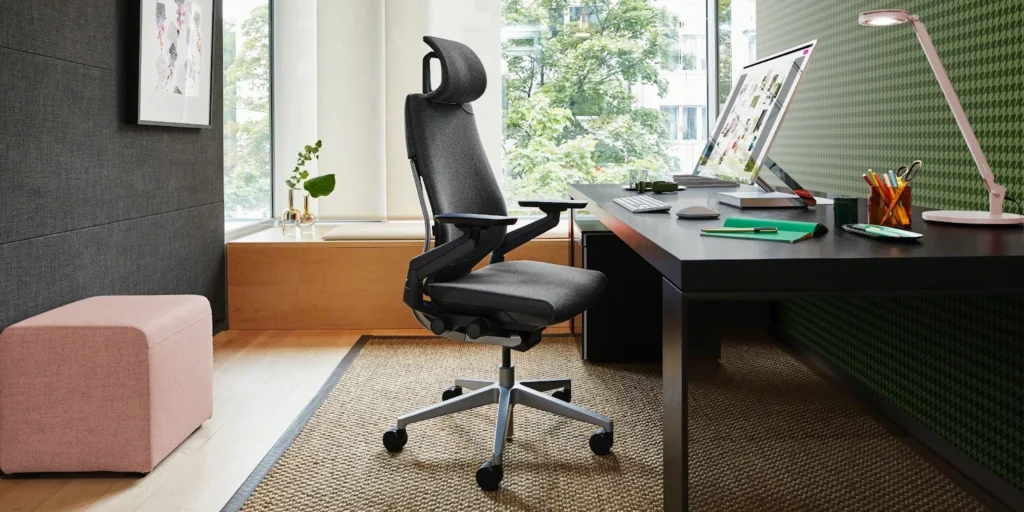
Tuleviku töökujundaja
Töökeskkonna pideva arenguga jääb Steelcase innovatsiooni esirinda. Ettevõte keskendub hübriidtöö lahenduste arendamisele, tehisintellekti rakendamisele töökoha analüüsis ja uute jätkusuutlike toodete loomisele. Pidevalt muutuvatele ärivajadustele kohanedes tagab Steelcase, et selle lahendused mitte ainult ei paranda efektiivsust, vaid toetavad ka loovust ja koostööd. Üle 110 aasta kogemusega ei ole Steelcase lihtsalt töökeskkondade kujundaja – see on ettevõte, mis määratleb tuleviku tööruumid, tagades, et nii ettevõtted kui ka töötajad saavad areneda keskkondades, mis on loodud edu saavutamiseks.
Pühendumus disainikvaliteedile, innovatsioonile ja jätkusuutlikkusele on teinud Steelcase’ist tööstuse liidri, tõestades, et töökeskkond on midagi enamat kui lihtsalt mööbel – see on terviklik süsteem, mis toetab inimesi, ideid ja jätkusuutlikku tulevikku.
